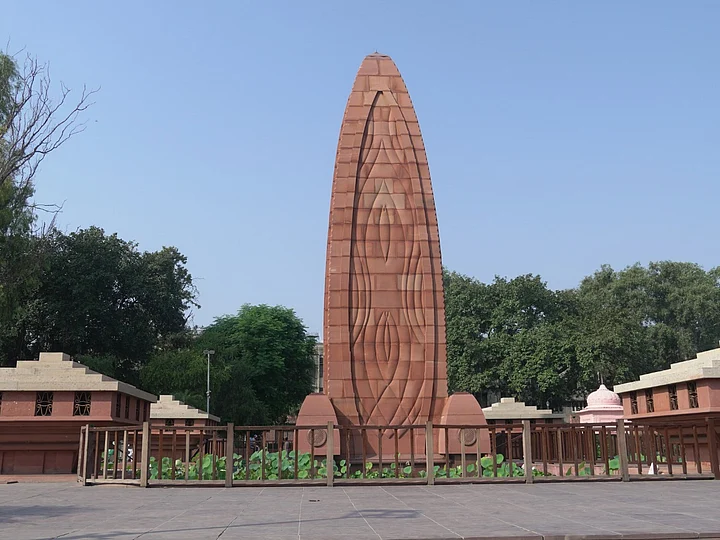The Jallianwala Bagh Massacre or Jallianwalla Bagh Massacre or Massacre of Amritsar occurred on 13 April 1919. It is one of the biggest massacres in the history of India during which British troops opened fire on a huge crowd of unarmed Indians in an open area known as the Jallianwala Bagh in Amritsar, Punjab. This heart-wrenching incident led to killings of several hundred people and injured many more.
The Jallianwala Bagh Massacre was a result of the Rowlatt Act, a restrictive measure implemented by the British colonial government in 1919 that permitted them to arrest anyone suspected of sedition without a trial. This made people angry and they gathered together against this action. Widespread protests were held across India, particularly in Punjab.
After people came to know about the Rowlatt Act, they gathered together in Jallianwala Bagh, a public area in Amritsar for peaceful protests, The protesters included people of all age groups including men, women, and children. During the protests, people also demanded the release of two important Indian nationalist leaders who had been detained.
The protests were considered as a threat to the authority of the British colonial government, led by General Reginald Dyer, who made the decision to stop it and take strict action. Dyer and his soldiers stormed the Jallianwala Bagh on 13 April 1919, shut the sole exit to the garden due to which people were trapped inside.
Without any warning, Dyer ordered his troops to fire on the unarmed crowd. The gunfire went on for around ten minutes until the soldiers ran out of ammunition. In the end, 400 to 1000 people died and more than 1,200 were hurt. This led to an unforgettable bloodshed moment in the history of India known as Jallianwala Bagh Massacre.
Lesser Known Facts About Jallianwala Bagh Massacre
According to history, General Dyer ordered his troops to start an open firing on protestors without giving any warning.
The highest number of causalities in the Jallianwala Bagh Massacre could have been avoided if there was another exit in the garden. However, the only exit was through the main entrance therefore the crowd could not escape.
During the Jallianwala Bagh Massacre, two armoured cars with machine guns were employed in the shooting besides the Gurkha and Baluchi soldiers who were armed with Scinde weapons.
Colonel Dyer had issued a proclamation prohibiting public gatherings on 12 April 12 1919, in response to ongoing enraged mob attacks and rebellions. But this information wasn't conveyed to the general public, which resulted in the Jallianwala Bagh Massacre.
People did not only lost lives because of firing during the Jallianwala Bagh Massacre. However, some people died because of falling into a well while they were trying to escape the firing.
The firing at Jallianwala Bagh did not stop until the troops ran out of ammunitions.
Despite peaceful protests, people were shot and they were not even warned or asked to disperse before the firing started.
